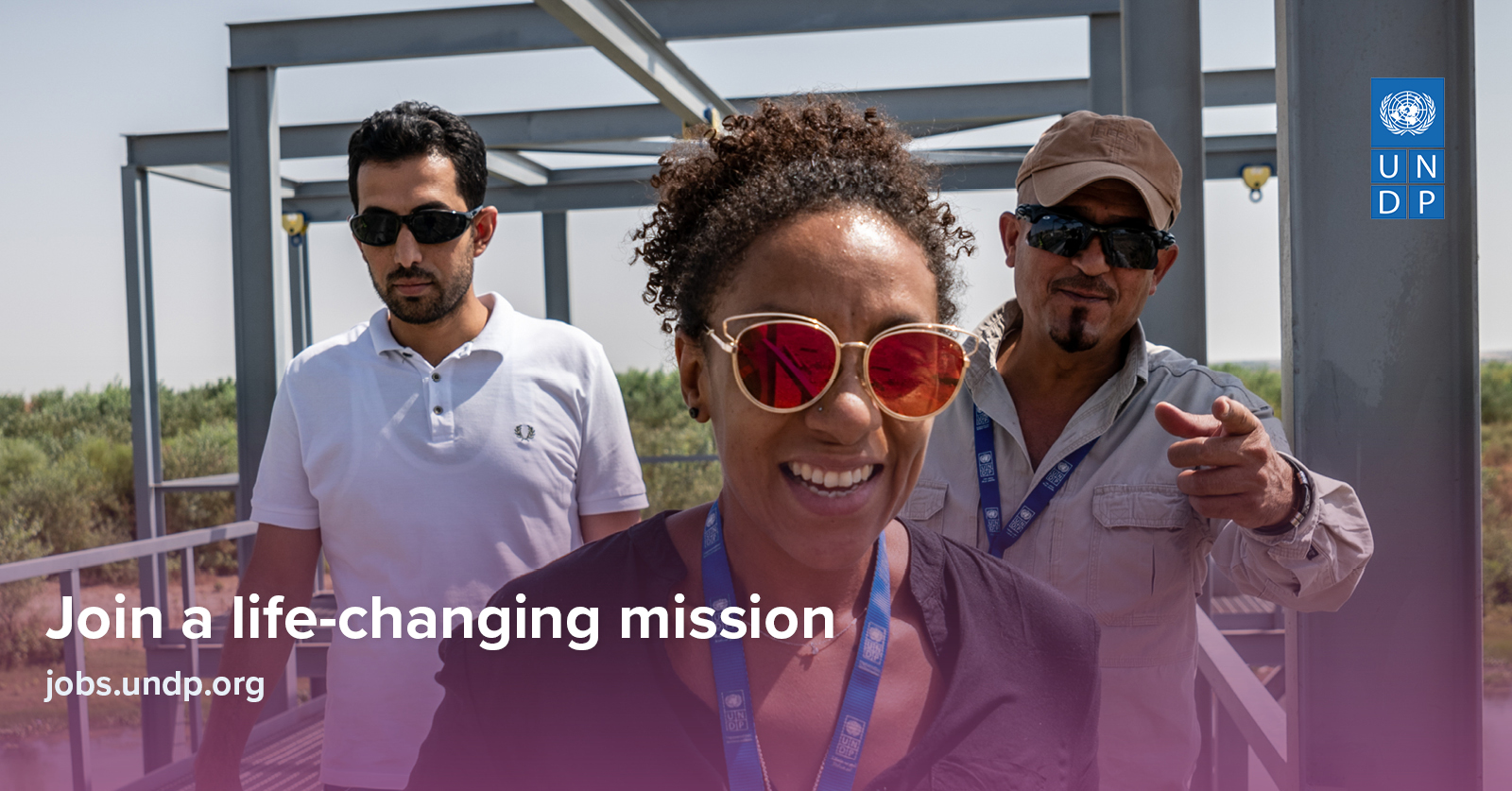
The Ministry of Environment, Forest, and Climate Change (MoEF&CC), Government of India has been implementing the GEF-6, SECURE Himalaya Project along with UNDP, State Forest and Wildlife Division of Uttarakhand, UT of Ladakh, Himachal Pradesh, and Sikkim. The project aims at promoting sustainable management of alpine pastures and forests in the high range Himalayan ecosystems that secures conservation of globally significant wildlife, including vulnerable snow leopard and their habitats, ensure sustainable livelihoods and community socio-economic benefits. In particular, the project aims at implementation of four inter-related components (project strategies) that are focussed at addressing the conservation, wildlife crime and livelihood issues with emphasis on protection and management of areas outside protected area networks. The uniqueness of the project lies in adopting landscape approach to resource governance as against the exclusive protected area centric approach to facilitate the maintenance of the ecological integrity of the snow leopard landscape and its constituent parts.
The project was launched on October 2, 2017 and will end by March 2024. The operational closure of the project is expected by December 2023. As per the GEF requirements, sustainability strategy for the livelihood initiatives along with exit plan (SSEP) of the project needs to be developed in consultation with MoEF&CC, State/UT Govt. and stakeholders engaged at various levels under the project.
An independent Mid Term Review (MTR) was carried out in 2022.Recommendations of MTR emphatically indicate that sustainability strategy for the existing livelihood related value chain will greatly enhance the effectiveness of initiatives, best practices demonstrated under the project.
Sustainability is generally considered to be the likelihood of continued benefits after the GEF funding ends. A sustainability strategy specially for the SECURE Himalaya project will ensure that the positive impacts of the identified livelihood interventions are sustained beyond its duration. It should also include the creation/strengthening of monitoring systems to assess what changes, if any, are necessary to ensure sustained positive outcomes under the project.
In view of the above, the livelihood sustainability strategy with exit plan may include (but not limited to) following:
- Assessment of long-term strategies including business plans developed for the identified livelihood value chains, emphasizing the socio-economic benefits of the local communities.
- Identification of potential barriers in the sustainability and strategies to overcome them.
- Measures to ensure institutionalization and continued support for project outcomes.
- Identification of potential opportunities for resource mobilization and partnerships for sustainability.
- Monitoring and evaluation plan or framework for community institutions to track the progress and impact.
- Value chain/State and UT wise market linkage strategies. Linkages with National / State level schemes/ missions.
- Any further capacity building needs and technology enhancement required to enhance sustainability.
- Assessment of any further support required by resource/support/technical agencies such as community based Organisations/ Civil Society Organisations or any other institution that may help in sustaining the benefits of value chains supported by SECURE Himalaya Project.
In the context of this project, project exit refers to the withdrawal of external support by the GEF and UNDP, coincident with the end of the project funding cycle (GEF-6) as agreed within the Project Document. The national implementing partner is the MoEF&CC and the state level implementing partner, the state forest / wildlife department may continue their leading role in ensuring that project’s impact/outcome sustain.
The overall goal of this assignment is to develop SSEP to ensure that project’s impact and benefit will be sustained after the project ends. The term SSEP does not refer to the process of withdrawal of its assistance but to ensure sustainability in a more profound and comprehensive ways. A project SSEP is a plan describing how the project could access funds from other sources such as government schemes/ programmes, corporates, and other vertical funds for continuity of action. Opportunity to access additional funds during the project period to ensure continuity and transition. Hence, these aims to:
- Ensure the sustainability of project goals and impacts after the project ends.
- Inform stakeholders and beneficiaries of project closure and outline their roles and responsibilities to sustain post-project activities.
- Identification of funding sources from government schemes/ programmes, corporates and other vertical funds for sustainability and
- Ensure the orderly closure of the project.
UNDP seeks to engage the services of a consultant to develop sustainability strategy with exit plan (SSEP) for the project in consultation with the project stakeholder across the national, state and landscape level.





